Ground Prep
robbiezone5
19 years ago
Related Stories

GARDENING GUIDESHow to Prep Your Ground for a Healthy New Lawn
Seed or sod that falls on weedy, lumpy soil is a wasted effort. Follow these steps to ensure that your new lawn will thrive
Full Story
SELLING YOUR HOUSEFix It or Not? What to Know When Prepping Your Home for Sale
Find out whether a repair is worth making before you put your house on the market
Full Story
HOUSEKEEPINGOutdoor Home Prep to Do Before Hard Winter Hits
Avoid cracking, rusting and rotting during freezes by taking care of these tasks now
Full Story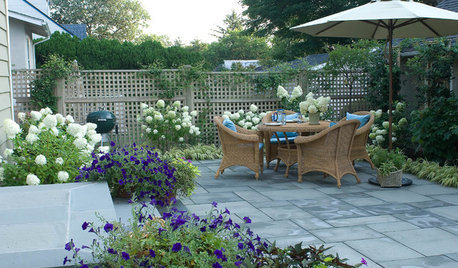
GARDENING AND LANDSCAPINGGet It Done: Clean and Prep the Patio
Haul out the hose and bid cobwebs farewell. It's time to renew your outdoor room for relaxing, dining and entertaining
Full Story
KITCHEN WORKBOOK4 Steps to Get Ready for Kitchen Construction
Keep your project running smoothly from day one by following these guidelines
Full Story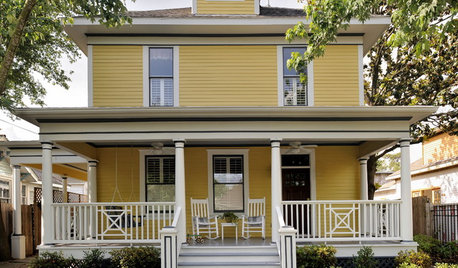
GARDENING AND LANDSCAPING12 Ways to Prep the Porch for Summer
Small Floor-to-Ceiling Projects for Your Front-Yard Perch
Full Story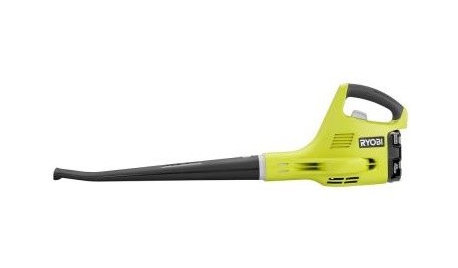
FALL GARDENING8 Must-Have Tools for Fall Backyard Prep
Autumn outdoor work feels overwhelming, but these handy tools can keep it under control
Full Story
MORE ROOMSEntertaining at Home: A Host of Party-Prep Ideas
Having company for Passover or Easter? Here's how to get your furniture, dishes, centerpieces and more ready for guests
Full Story
BASEMENTSBasement of the Week: From Dumping Ground to Family Hangout
With a lounge, home office and playroom, everyone's covered in this renovated Seattle basement
Full Story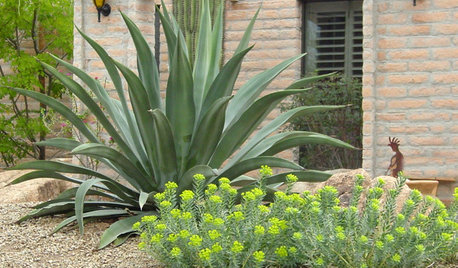
GARDENING GUIDESSouthwest Gardener's September Checklist
Cool weather's coming, so prep for the first frost, swap out plants and get bulbs for spring in the ground now
Full StoryMore Discussions






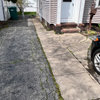
penny1947
Gentian_NY
Related Professionals
Norfolk Landscape Architects & Landscape Designers · Canton Landscape Contractors · Amesbury Landscape Contractors · Cornelius Landscape Contractors · Gresham Landscape Contractors · Mequon Landscape Contractors · Mesa Landscape Contractors · Ocoee Landscape Contractors · Old Saybrook Landscape Contractors · Norridge General Contractors · Renton General Contractors · San Bruno General Contractors · Sauk Village General Contractors · Solon General Contractors · Wheeling General Contractorspenny1947
robbiezone5Original Author
mad_gallica (z5 Eastern NY)
penny1947
mad_gallica (z5 Eastern NY)
penny1947
lblack61
penny1947
bklyndirt
bloomville
Dottie B.